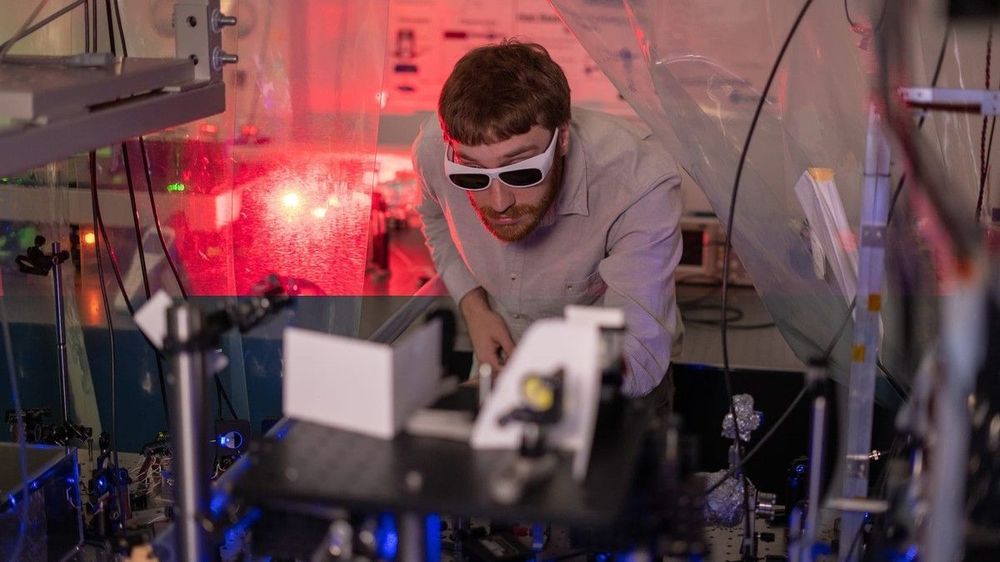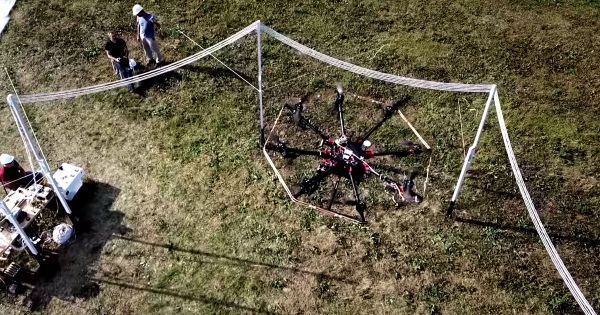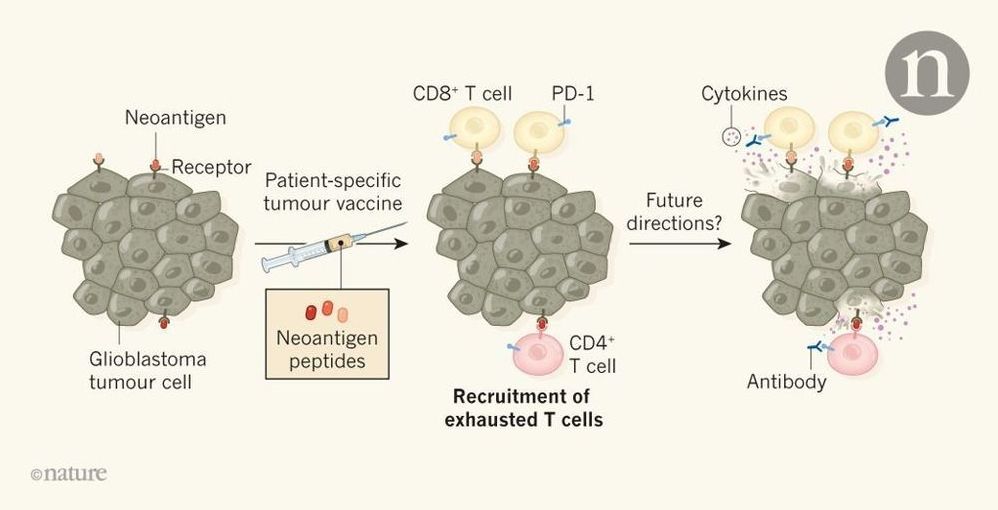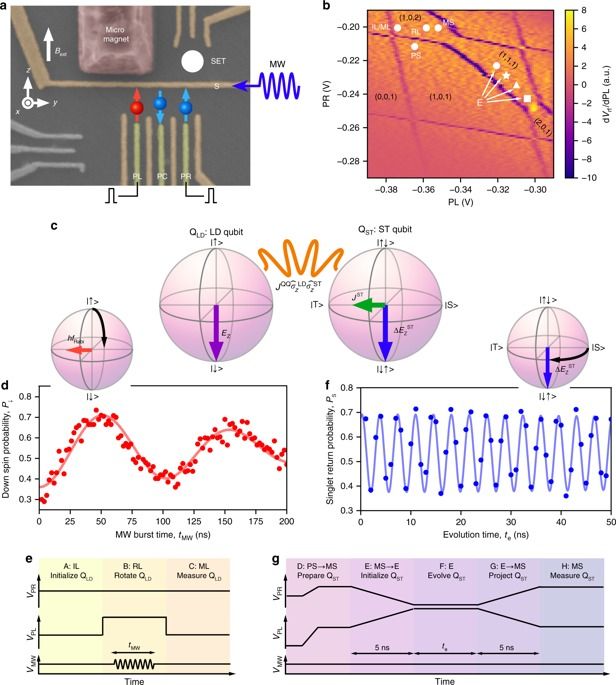Page 9563
Jan 7, 2019
Scientists could engineer a spicy tomato. Is it worth it?
Posted by Genevieve Klien in categories: bioengineering, biotech/medical, food, genetics
Spicy food is popular the world over, but the active ingredient that makes food taste “hot”—capsaicinoids, a group of chemical compounds has useful properties beyond making food taste delicious. However, the plants that make them (the chili pepper family, or Capsicum) are small and have relatively low yields. A new paper published today in the journal Trends in Plant Science proposes an alternative: engineering tomato plants to produce capsaicinoids. If all goes well, someday, you could enjoy a spicy tomato, or even be treated with capsaicinoids extracted from one.
The paper, written by a group at Brazil’s Federal University of Viçosa, builds on recent work that showed the tomato has all the genetic information it needs to produce capsaicinoids. “We know that all the genes are there, but in the tomato they are silent,” study author Agustin Zsӧgӧn says. His paper proposes a method for using gene-editing techniques to activate the genetic machinery in the tomato that tells it how to produce capsaicinoids, transforming the plant into both a “biofactory” that could produce larger amounts of the chemicals than it’s currently possible to grow and a spicy snack.
Tomatoes have capsaicinoid genetic pathways like peppers because the two South American plants are related. “In our lab, we work with both species,” Zsӧgӧn says. Last year, his team used gene editing to “domesticate” a wild tomato in just a few generations, engineering the strain to produce larger fruit, and greater quantities of it, than in the wild. This kind of process is how we ended up with the crops we eat today—early farmers planted the offspring of the most fruitful plants of each generation, enabling their genetic survival. CRISPR-Cas9 is just a shortcut.
Jan 7, 2019
Artificial intelligence could diagnose rare disorders using just a photo of a face
Posted by Genevieve Klien in category: robotics/AI
Jan 7, 2019
Conservation: How China is creating Edens
Posted by Genevieve Klien in categories: business, futurism
China is the future of global conservation, according to Sir Tim Smit, the maverick businessman and environmentalist who created the Eden Project.
Jan 7, 2019
UNSW claims demonstration of 3D atomic-scale quantum chip architecture
Posted by Genevieve Klien in categories: computing, quantum physics
The 3D architecture is touted as a major step in the development of a blueprint to build a large-scale quantum computer.
Jan 7, 2019
Wireless Charging Tech Lets Drones Stay Aloft Indefinitely
Posted by Genevieve Klien in categories: drones, energy
Jan 7, 2019
Intraoperative detection of blood vessels with an imaging needle during neurosurgery in humans
Posted by James Christian Smith in categories: biotech/medical, neuroscience
Intracranial hemorrhage can be a devastating complication associated with needle biopsies of the brain. Hemorrhage can occur to vessels located adjacent to the biopsy needle as tissue is aspirated into the needle and removed. No intraoperative technology exists to reliably identify blood vessels that are at risk of damage. To address this problem, we developed an “imaging needle” that can visualize nearby blood vessels in real time. The imaging needle contains a miniaturized optical coherence tomography probe that allows differentiation of blood flow and tissue. In 11 patients, we were able to intraoperatively detect blood vessels (diameter, 500 μm) with a sensitivity of 91.2% and a specificity of 97.7%. This is the first reported use of an optical coherence tomography needle probe in human brain in vivo. These results suggest that imaging needles may serve as a valuable tool in a range of neurosurgical needle interventions.
Stereotactic brain biopsies are a minimally invasive procedure used to obtain samples of intracranial tissue for diagnostic purposes, most commonly related to brain tumors. Approximately 80,000 new cases of primary brain tumor are diagnosed, and 14,000 brain biopsies are performed each year in the United States (1, 2). Hemorrhage is the most frequent and devastating complication associated with this procedure. Perioperative hemorrhage is associated with rates of transient and permanent morbidity of 1.7 to 8.5% and 1.4 to 4.8%, respectively, and mortality rates of 0.6 to 2.8% (3–7).
The standard clinical practice is to identify blood vessels at risk of injury on preoperative imaging, using either contrast-enhanced magnetic resonance imaging (MRI) or x-ray computed tomography. Frameless stereotactic navigation techniques, guided by preoperative imaging, are then used to direct the biopsy needle trajectory to sample the target lesion, while avoiding vasculature or eloquent brain tissue (8).
Jan 7, 2019
Researchers discover new drug cocktail that increases human beta cell proliferation at rapid rates
Posted by James Christian Smith in category: biotech/medical
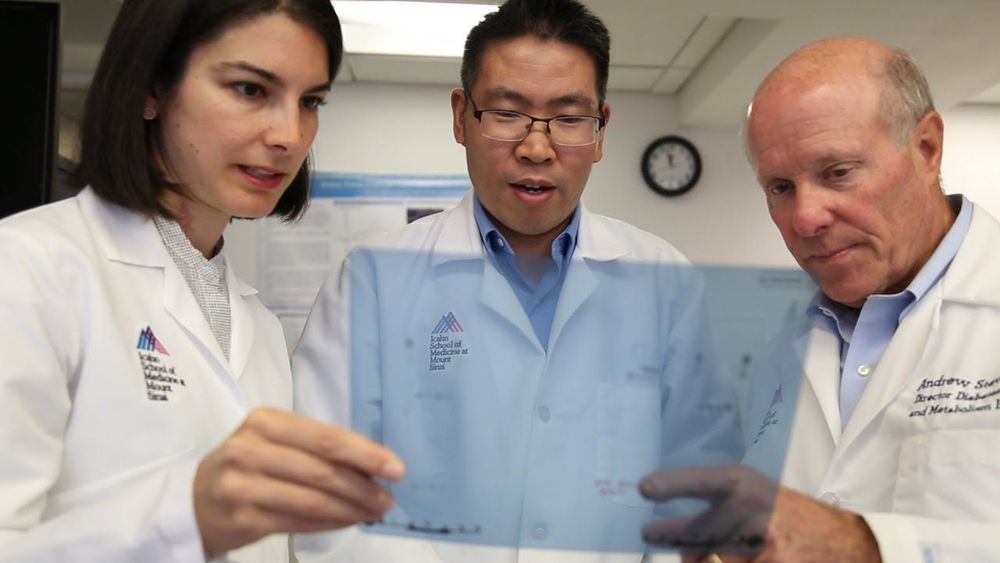
#EndOfDiabetes
Researchers at the Icahn School of Medicine at Mount Sinai have discovered a novel combination of two classes of drugs that induces the highest rate of proliferation ever observed in adult human beta cells—the cells in the pancreas that produce insulin. The result is an important step toward a diabetes treatment that restores the body’s ability to produce insulin.
Jan 7, 2019
Immune cells track hard-to-target brain tumours
Posted by James Christian Smith in categories: biotech/medical, neuroscience
Two Nature papers show that it is possible to make T cells that target some of the few neoantigens expressed by glioblastomas and that T- cell responses can be boosted in cancers. This News & Views discusses the findings.
Clinical trials reveal that personalized vaccines can boost immune-cell responses to brain tumours that don’t usually respond to immunotherapy. The findings also point to how to improve such treatments. Personalized vaccines boost immune responses targeting brain tumours.
Jan 7, 2019
A fast quantum interface between different spin qubit encodings
Posted by James Christian Smith in categories: computing, mathematics, quantum physics
“Open Article” smile Spin-based quantum computers have the potential to tackle difficult mathematical problems that cannot be solved using ordinary computers, but many problems remain in making these machines scalable. Now, an international group of researchers led by the RIKEN Center for Emergent Matter Science have crafted a new architecture for quantum computing. By constructing a hybrid device made from two different types of qubit—the fundamental computing element of quantum computers –they have created a device that can be quickly initialized and read out, and that simultaneously maintains high control fidelity.
Single-spin qubits in semiconductor quantum dots hold promise for universal quantum computation with demonstrations of a high single-qubit gate fidelity above 99.9% and two-qubit gates in conjunction with a long coherence time. However, initialization and readout of a qubit is orders of magnitude slower than control, which is detrimental for implementing measurement-based protocols such as error-correcting codes. In contrast, a singlet-triplet qubit, encoded in a two-spin subspace, has the virtue of fast readout with high fidelity. Here, we present a hybrid system which benefits from the different advantages of these two distinct spin-qubit implementations. A quantum interface between the two codes is realized by electrically tunable inter-qubit exchange coupling. We demonstrate a controlled-phase gate that acts within 5.5 ns, much faster than the measured dephasing time of 211 ns. The presented hybrid architecture will be useful to settle remaining key problems with building scalable spin-based quantum computers.
